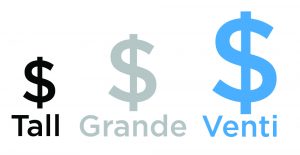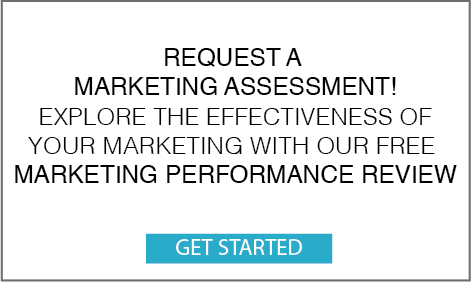How much does a web site cost? This is probably the #1 question from prospective clients when they’re ready to talk about web site development (as evidenced by the number of google searches for “how much does a web site cost”.) Of course, the answer is “it depends”. Let’s break down the elements of developing a web site to explore how web site cost is entirely dependent on audience, functionality and feature depth factors:

Discovery: This process uncovers everything you need to explore about what your web site should do, including:
- Who is the audience?
- What do they need?
- What do we want them to do?
Design: This part of the process creates the visual interface that the user will use to navigate information on the web site. Design encompasses:
- User interface
- User experience
- Look & Feel
- Brand representation
- Content organization and mapping
- Content development
- Wireframe development
- Design template creation
Development: The dev process is the thing we think about as the ‘meat and potatoes’ of the web site – it’s the stuff that makes it work, adds value to the experience. Dev encompasses:
Platform considerations, installation and configuration:
- What content management system
- what language
- open source or commercial
Functionality requirements:
- Commerce, donation and funds transfer
- data integration
- custom applications such as event registration, course registration
- Features such as video, audio, multimedia, galleries
Testing includes:
- user experience testing
- functional user role testing (testing as your personas would test it)
- load testing
Launch includes:
- Mail server migration (if necessary)
- DNS migration (if necessary)
- Post-launch testing of all elements
Starting small:
At a very base level, a simple web site using a simple content management system for a single-user business, using a stock template and managed by a reasonably tech-savvy client could be as little as under $1,000 investment. This DIY-approach to development works well when the client is tech savvy, probably has experience with a blogging CMS, saWordPress, or is using a very simple CMS. The client does all of the heavy lifting of content creation, placement and editing. Your web dev shop helps you with platform installation at the server, installs your template, designs a few key graphics, and lets you have at it from there with some training.
Moving to a mid-range site for a small business or non-profit:
At this level, you’re looking to add features like social media integration, video integration, calendars, event management and need to reflect a strong brand identity that is consistent with your business. This investment is generally between $4,000 – $8,000. It includes a lot of behind the scenes marketing strategy. (Surprised? This is where sites succeed or fail. Marketing is critical for success.) You’re going to have a custom template developed that reflects your branding at this level.
High level site with major functionality in a larger organization:
These sites are enterprise-class, have large integrated applications, custom or customized, such as registration, commerce, calculator tools, quoting tools and need regular ongoing maintenance. Branding is critical here, and marketing strategy drives the site development from the beginning. These sites are going to start at above $10,000 and typically are in the $20,000 – $40,000 area, and span multi-year development with continual improvment of processes and functions for the user.
At each price point, it’s important to understand that more features equals more development time. And even one small feature add after the contract is signed, (called scope creep) can interact with complex systems, and make it even more pricey to develop. Conversely, clients who have budgets that need to be staged in can easily find phase 2 and phase 3 elements to integrate later. If they’re identified and planned for in the initial stages, (uncovered during Discovery), then they go much smoother and are more cost effective when implemented in a later phase. Plan for everything but start the journey slowly.
You can have any size web site at virtually any price you want. It’s a matter of mapping what you really NEED for your audience to have them perform the actions you want them to take, and then building to that persona’s expectations of web experience.
When you consider cost, take into account when the last time your site was redeveloped, how long it’s intended use is to be, and what role it has in your organization. If your web site is not the hub of your operations, it’s time to begin thinking in this way. Web sites are not one spoke on the wheel of marketing, it’s the central core. Everything should be driven to and from your web site, it’s your ‘owned vehicle’ (as opposed to social media networks which you do not own) that you can control and use for optimum marketing effectivenss. You’ll then see the true value of your web site’s performance as a key player in your organization’s success!
Want to know more and get the process started off right? Download this guide to redesigning your web site:






